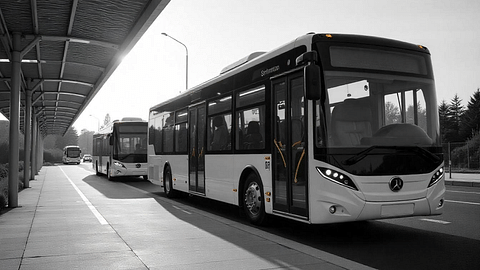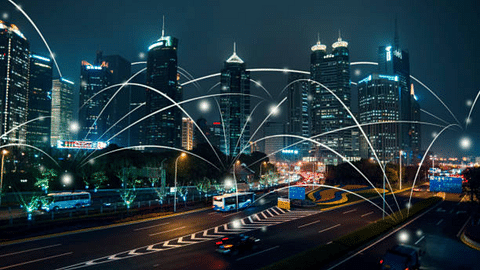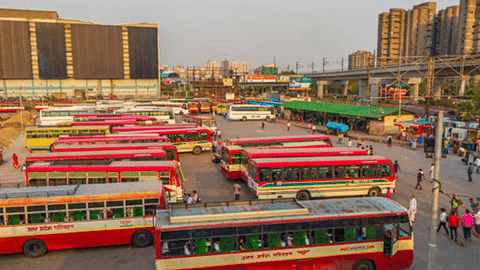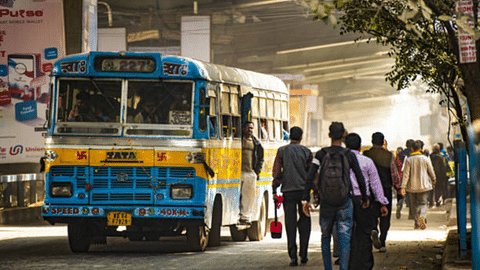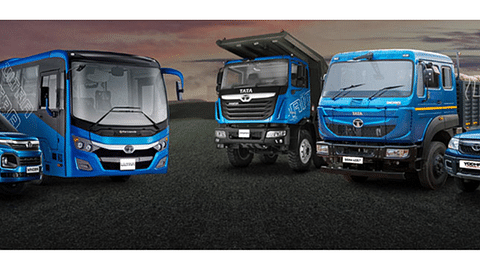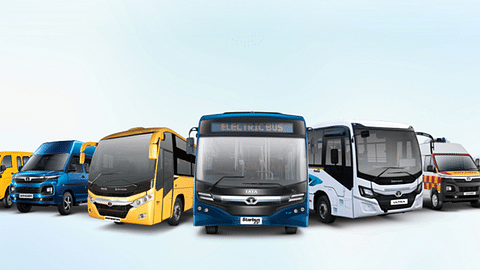E-Bus Sales Set to Soar: CRISIL Predicts 80% Increase this Fiscal Year

The Indian electric vehicle (EV) market is poised for significant growth, with e-bus sales expected to increase by 75-80% this fiscal year, reaching 6,000-6,500 units, according to a report by Crisil Ratings. This surge in demand is driven by government initiatives aimed at reducing carbon emissions in public transport and fostering the adoption of e-buses.
Government Initiatives Drive Growth
The Indian government has taken several steps to promote the adoption of e-buses, including the Faster Adoption and Manufacturing of Hybrid and Electric Vehicles (FAME) scheme. The scheme provides incentives for the purchase of e-buses, including a subsidy of up to 40% of the purchase price.
Gross Cost Contract Model Gains Traction
The Gross Cost Contract (GCC) model has emerged as the preferred route for e-bus procurement by state transport undertakings. This model provides an asset-light approach, eliminating the need for upfront capital expenditure. Instead, the manufacturer or operator provides the e-bus and charging infrastructure, while the state transport undertaking pays a per-kilometer fee. This model has gained traction due to its simplicity and reduced financial burden on state transport undertakings.
Declining Battery Costs to Boost Adoption
Crisil predicts that declining battery costs will lower e-buses' purchase price, potentially benefiting state transport undertakings through reduced rental rates. As battery costs continue to decline, e-buses are becoming increasingly competitive with conventional diesel buses. This trend is expected to boost adoption, as state transport undertakings seek to reduce their operating costs and environmental impact.
Central Government's Initiatives Bear Fruit
The central government's initiatives have led to 24,000 e-bus orders for this fiscal year. This is a significant increase from previous years and demonstrates the growing demand for e-buses in India. The government's focus on promoting e-mobility has created a favorable environment for the growth of the e-bus market.
State Transport Undertakings Lead the Charge
State transport undertakings are at the forefront of the e-bus adoption drive. They are actively seeking to replace their conventional diesel bus fleets with e-buses, driven by the need to reduce operating costs and environmental impact. The GCC model has made it easier for state transport undertakings to adopt e-buses, as they do not have to bear the upfront capital expenditure.
Manufacturers Ramp Up Production
E-bus manufacturers are ramping up production to meet the growing demand. They are investing in new manufacturing facilities and expanding their existing capacity to meet the increased demand. This is expected to lead to economies of scale and further reduce the cost of e-buses.
Challenges Remain
While the outlook for the e-bus market is positive, there are still challenges that need to be addressed. The lack of charging infrastructure remains a major concern, as it can lead to range anxiety among operators. Additionally, the high upfront cost of e-buses, although declining, remains a barrier to adoption.
Conclusion
The e-bus market in India is poised for significant growth, driven by government initiatives and declining battery costs. The GCC model has made it easier for state transport undertakings to adopt e-buses, and manufacturers are ramping up production to meet the growing demand. While challenges remain, the outlook for the e-bus market is positive, and it is expected to play a significant role in reducing India's carbon footprint.
Latest Bus News
View All Bus NewsRecent Posts
- Tata 32-Seater Bus Price in India (2025) – Latest Models & Features
- टाटा 32 सीटर बस की कीमत भारत में (2025) – नवीनतम मॉडल और विशेषताएँ
- IoT क्रांति: भारत में यात्री बसों को स्मार्ट तकनीक कैसे बदल रही है
- The IoT Revolution: How Smart Tech is Transforming Passenger Buses in India
- NueGo and Sirona Partner to Enhance Women’s Comfort in Intercity Travel
- Bus Sector Rising Ahead Against Slowness in Commercial Vehicle Market
- बस क्षेत्र: धीमी कमर्शियल वाहन बाजार के बीच तेजी की ओर अग्रसर
- टाटा बस मॉडल और उनके विविध अनुप्रयोग
- Top Tata Bus Models in India and Their Diverse Applications
- फ़ूड बस बनाम फ़ूड ट्रक: मोबाइल डाइनिंग का अगला बड़ा चलन
Popular Three Wheelers Brands
 Altigreen
Altigreen Euler Motors
Euler Motors Mahindra
Mahindra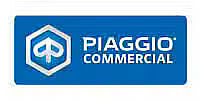 Piaggio
Piaggio Bajaj
Bajaj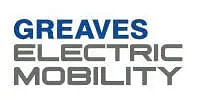 Greaves Mobility
Greaves Mobility ATUL
ATUL TVS
TVS Omega Seiki Mobility
Omega Seiki Mobility Kinetic
Kinetic Lohia
Lohia JSA
JSA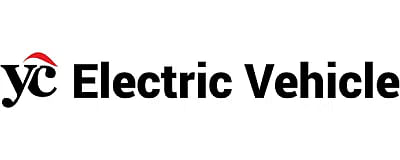 YC Electric
YC Electric Udaan
Udaan SN Solar Energy
SN Solar Energy Saarthi
Saarthi Teja (Powered by Greaves)
Teja (Powered by Greaves)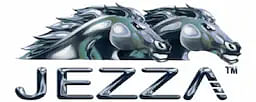 Jezza Motors
Jezza Motors GreenRick
GreenRick City Life Electric
City Life Electric Ampere
Ampere Baba Electric
Baba Electric E-Ashwa
E-Ashwa Bahubali E Rickshaw
Bahubali E Rickshaw Dabang
Dabang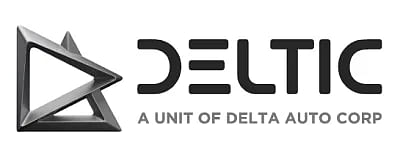 Deltic
Deltic Keto Motors
Keto Motors Mini Metro
Mini Metro Gayam Motors
Gayam Motors Gem EV
Gem EV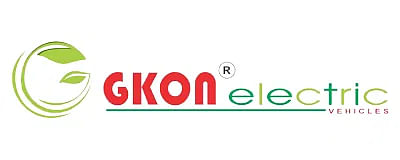 Gkon Automotive
Gkon Automotive Skyride
Skyride Thukral Electric
Thukral Electric Baxy
Baxy Eblu
Eblu Hexall
Hexall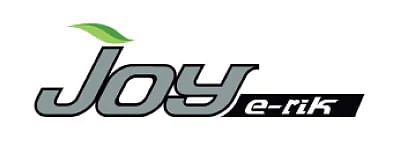 Joy
Joy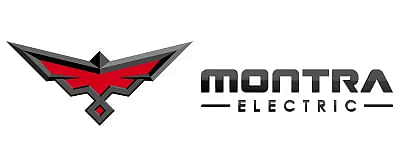 Montra
Montra Star
Star Dandera
Dandera EKA
EKA Khalsa
Khalsa Hero
Hero- Zero21
91trucks is a rapidly growing digital platform that offers the latest updates and comprehensive information about the commercial vehicle industry.

